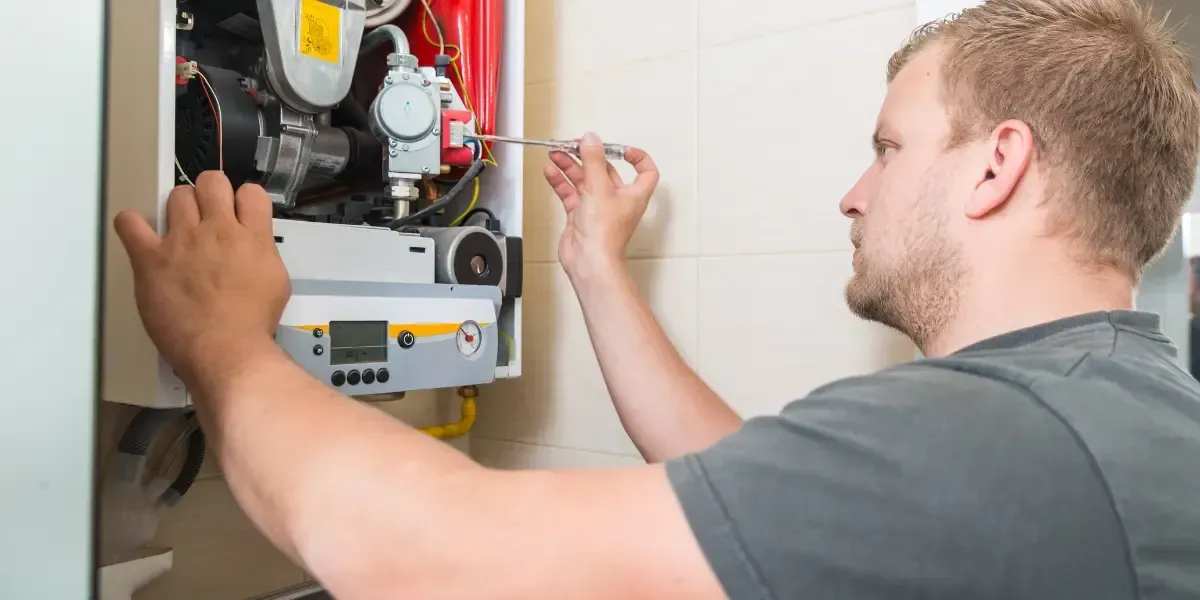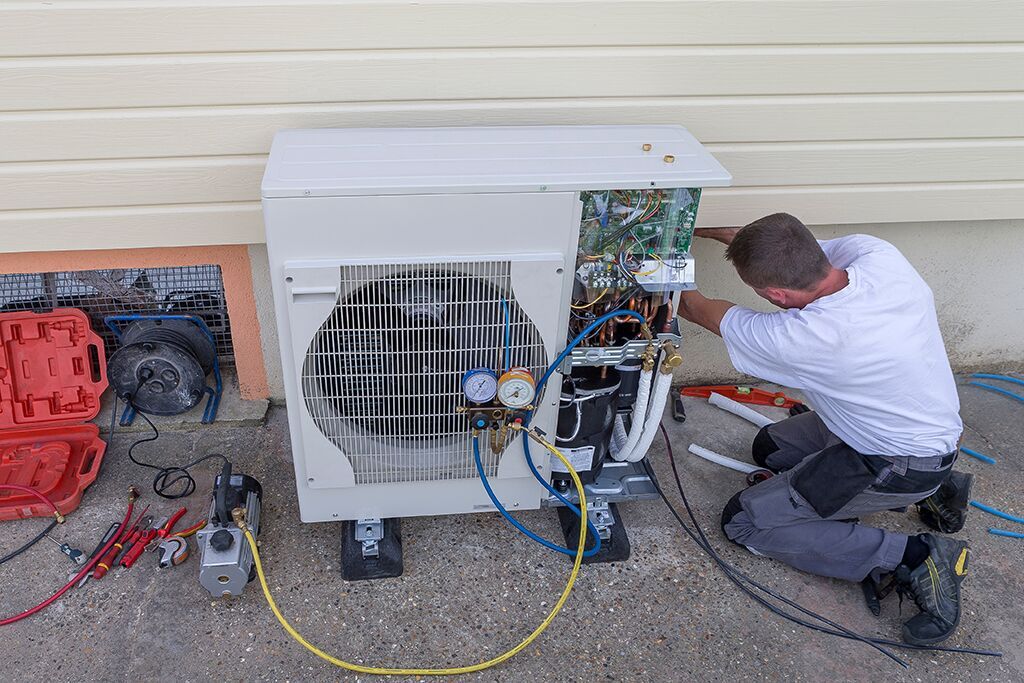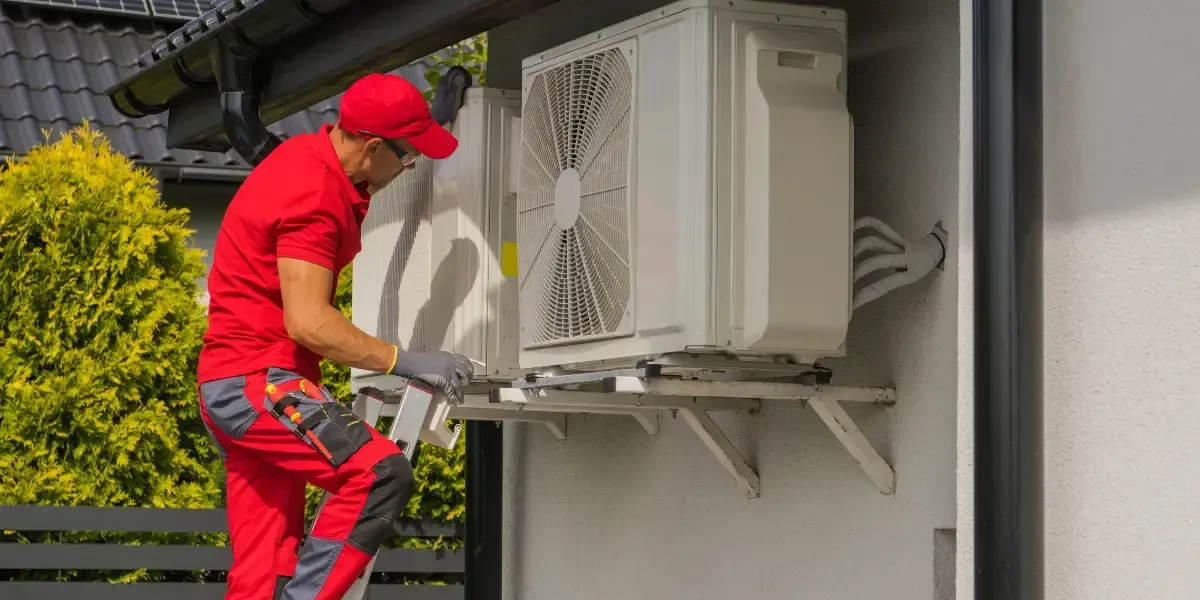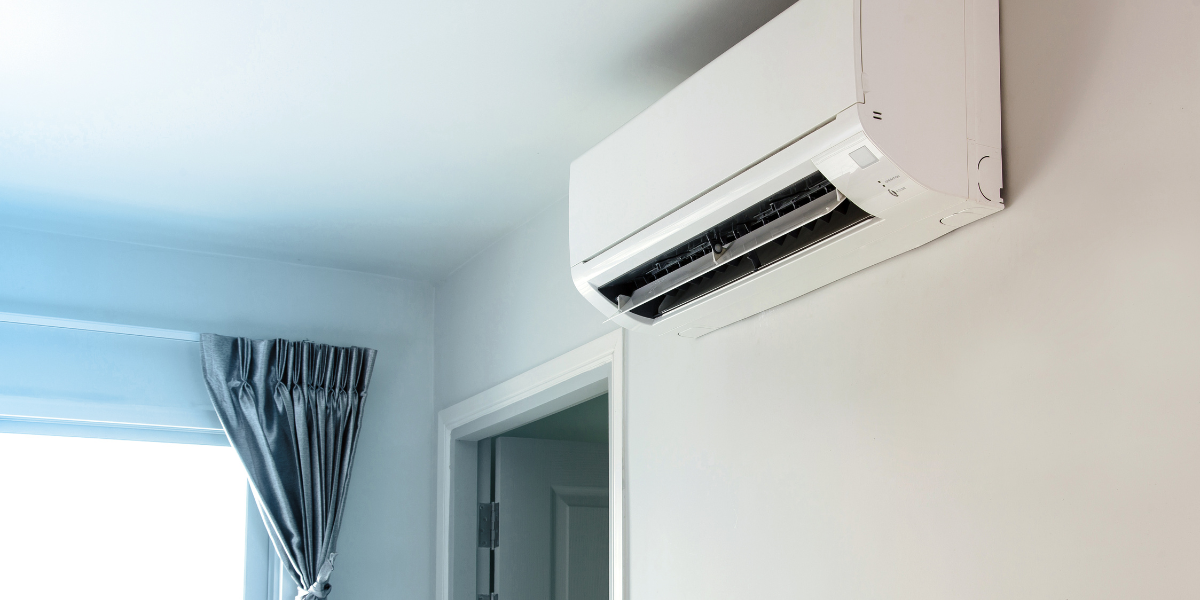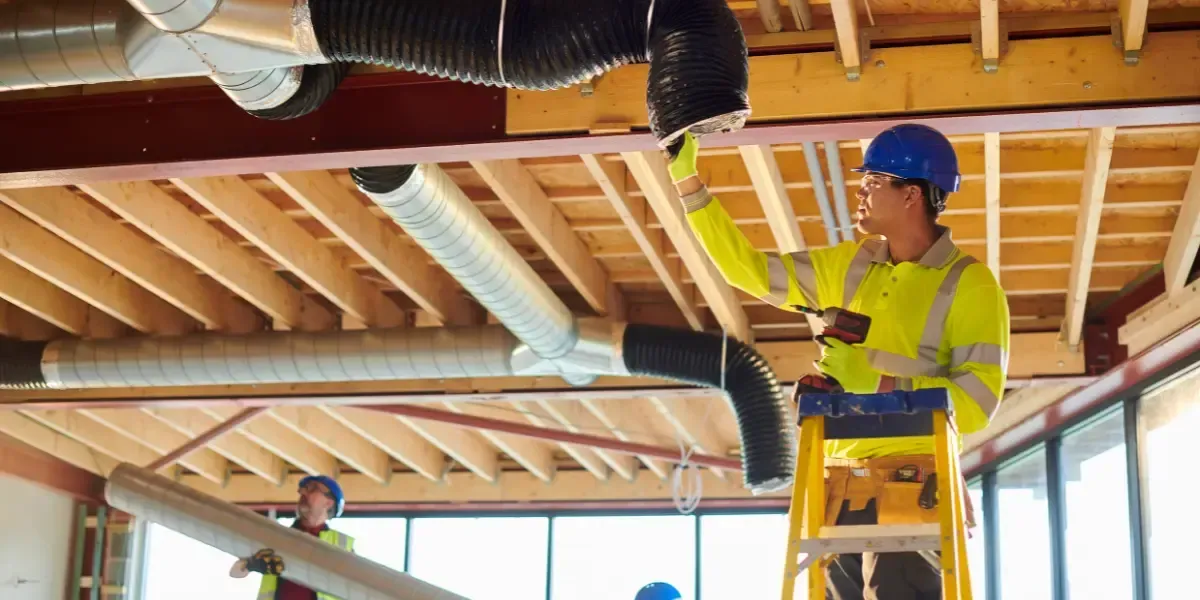BLOG
How a Gas Furnace Works: A Simple Guide
A gas furnace is an essential component of many homes, ensuring warmth and comfort during cold seasons. Understanding how a gas furnace operates can help homeowners maintain their systems properly and troubleshoot common issues.
In this guide, we will break down the key components and
how a gas furnace works, helping you understand how this heating system keeps your home warm and cozy.
Key Takeaways
- A gas furnace operates through a sequence involving thermostat activation, ignition, combustion, air circulation, and exhaust venting.
- Regular maintenance and servicing help enhance the efficiency and longevity of your furnace.
- Common furnace issues include unusual noises, uneven heating, and increased energy bills, which may require professional attention.
- EVS Mechanical Inc. offers expert gas furnace installation, repair, and maintenance services for optimal performance.
- Choosing a professional HVAC service ensures safety, energy efficiency, and reliable heating during colder months.
Components of a Gas Furnace
A gas furnace consists of several crucial parts that work together to generate and distribute heat efficiently:
- Thermostat – Acts as the control center, detecting temperature changes and signaling the furnace to activate when heat is needed.
- Burners – These ignite the gas fuel, creating a controlled combustion process that generates heat.
- Heat Exchanger – Transfers the heat produced from combustion to the air that circulates through your home.
- Blower Motor – Pushes the warmed air from the heat exchanger into the home's ductwork for distribution.
- Flue or Vent Pipe – Safely expels combustion gases outside to prevent indoor air contamination.
How a Gas Furnace Works
Step 1: Thermostat Activation
The process begins when the thermostat senses that the indoor temperature has dropped below the set level. It then sends a signal to the furnace to start the heating cycle.
Step 2: Ignition Process
Once the furnace receives the signal, the ignition system activates. In older models, a pilot light stays lit at all times to ignite the burners. Modern furnaces use an electronic ignition system, which ignites only when necessary, making it more energy-efficient.
Step 3: Combustion and Heat Production
After ignition, the burners produce flames that generate intense heat. This heat is absorbed by the heat exchanger, which warms up the air that will be circulated throughout the house.
Step 4: Air Circulation
The blower motor pushes the warmed air over the heat exchanger and into the ductwork, distributing it throughout the home via vents. Simultaneously, the system pulls in cooler air to replace the heated air, maintaining continuous circulation.
Step 5: Exhaust Venting
Combustion gases, such as carbon monoxide, are directed out of the home through the flue or vent pipe. This ensures the safe operation of the furnace and maintains indoor air quality.
How EVS Mechanical Inc. Can Help You
If you need professional assistance with your gas furnace, EVS Mechanical Inc. is your go-to service provider. Here’s why:
- Expert Technicians – Their team consists of highly trained professionals who understand all aspects of gas furnace operation, maintenance, and repair.
- Comprehensive Services – They offer installation, maintenance, and repair services, ensuring your furnace runs efficiently year-round.
- Energy-Efficient Solutions – EVS Mechanical provides energy-saving options to help reduce utility bills while keeping your home comfortable.
- Emergency Services – They offer 24/7 emergency support to address urgent heating issues during the coldest months.
- Customer Satisfaction – With a reputation for excellence, EVS Mechanical prioritizes customer satisfaction through reliable service and quality workmanship.
Conclusion
Understanding how a gas furnace works can help homeowners make informed decisions regarding maintenance and repair. By recognizing the key components and functions of a furnace, you can ensure it operates efficiently and safely. If you need professional assistance,
EVS Mechanical Inc. is equipped with expert technicians and comprehensive services to keep your home warm and comfortable all year long.
FREquently Asked Questions
How often should I have my gas furnace serviced?
It is recommended to have your gas furnace serviced at least once a year, preferably before the winter season, to ensure optimal performance and safety.
What are common signs that my gas furnace needs repair?
Common indicators include unusual noises, uneven heating, increased energy bills, frequent cycling, and a yellow or flickering pilot light.
How can I improve the efficiency of my gas furnace?
Regular maintenance, changing air filters, sealing duct leaks, and upgrading to a programmable thermostat can enhance your furnace's efficiency.
Is it safe to attempt DIY repairs on my gas furnace?
Gas furnaces involve complex components and hazardous gases. It is best to leave repairs to certified professionals to avoid safety risks and further damage.
What is the average lifespan of a gas furnace?
With proper maintenance, a gas furnace can last between 15 to 20 years. Regular servicing can extend its lifespan and maintain efficiency.


